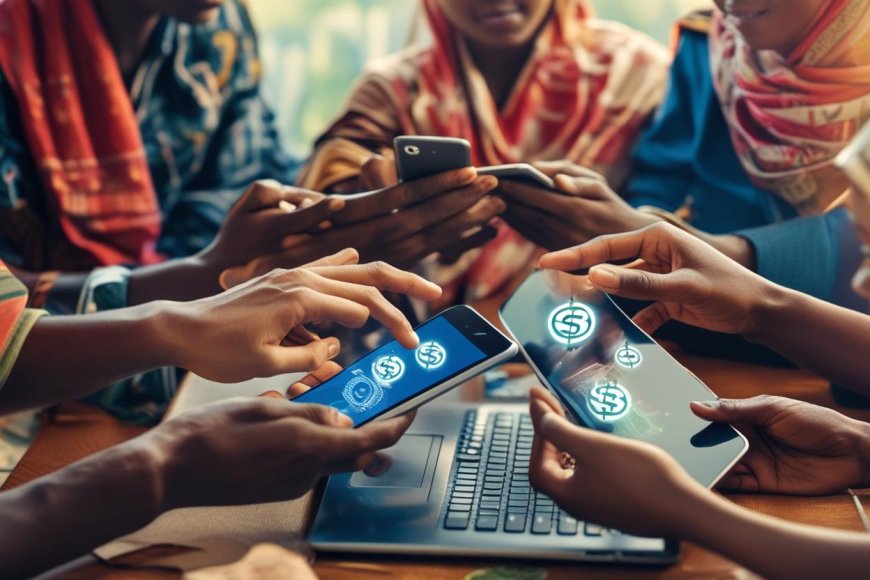Every year, millions of people around the world send money to their families back home, fuelling a powerful yet often overlooked engine of global development—the remittance economy. In 2024 alone, global remittances to low- and middle-income countries exceeded $650 billion, according to the World Bank.
Here are 10 surprising and insightful facts about the world of remittances, including how companies like Dahabshiil are transforming the way money moves across borders.
Remittances Outpace Foreign Aid
Remittance flows to developing countries are more than three times higher than official development aid. That means individuals, not governments, are the biggest source of financial support for many communities worldwide.
A Lifeline for Fragile Economies
Countries like Somalia, Lebanon, and El Salvador receive remittances equal to over 20% of their GDP. In Somalia, Dahabshiil plays a vital role, offering secure, fast money transfers even in regions with limited banking infrastructure.
Most Transfers Are for Basic Needs
Over 75% of remittances go directly toward food, education, housing, and medical care. This makes the remittance economy not just a financial engine, but a humanitarian one.
Technology Is Reshaping Transfers
Fintech innovation is making transfers faster and cheaper. Dahabshiil, for instance, combines mobile technology with local networks to deliver funds within minutes—even in remote areas.
Women Send More Frequently Than Men
Although men send larger amounts, studies show women send remittances more regularly, often prioritising education and healthcare expenses.
Fun Fact: The First Recorded Money Transfer Was in the 1800s
Western Union made the first wire transfer in 1872. Fast forward to today, and apps make it possible to transfer funds with a few taps on your phone.
Remittances Are Surprisingly Resilient
Even during global crises like the COVID-19 pandemic, remittance flows remained stable or even increased—underscoring the deep commitment migrant workers have to supporting loved ones.
Costs Are Still Too High
The global average cost of sending $200 is about 6.2%, above the UN’s target of 3%. However, companies like Dahabshiil are actively working to lower fees and improve accessibility in underserved regions.
Digital Wallets Are Gaining Popularity
In regions with limited banking, mobile wallets have surged. Many money transfer companies are following this trend.
Money Transfers Connect Cultures
Remittances are more than money—they’re expressions of love and responsibility. Each transfer reflects a connection between cultures, families, and futures.
Conclusion
The remittance economy is more than just numbers and transactions—it's a story of resilience, sacrifice, and global connection. For millions of families, that monthly transfer is the difference between opportunity and hardship. With innovative and trusted services like Dahabshiil, the process is becoming safer, faster, and more accessible than ever. As technology evolves and more people gain access to digital financial tools, the power of remittances will only grow—helping not just individuals, but entire nations, to thrive.

